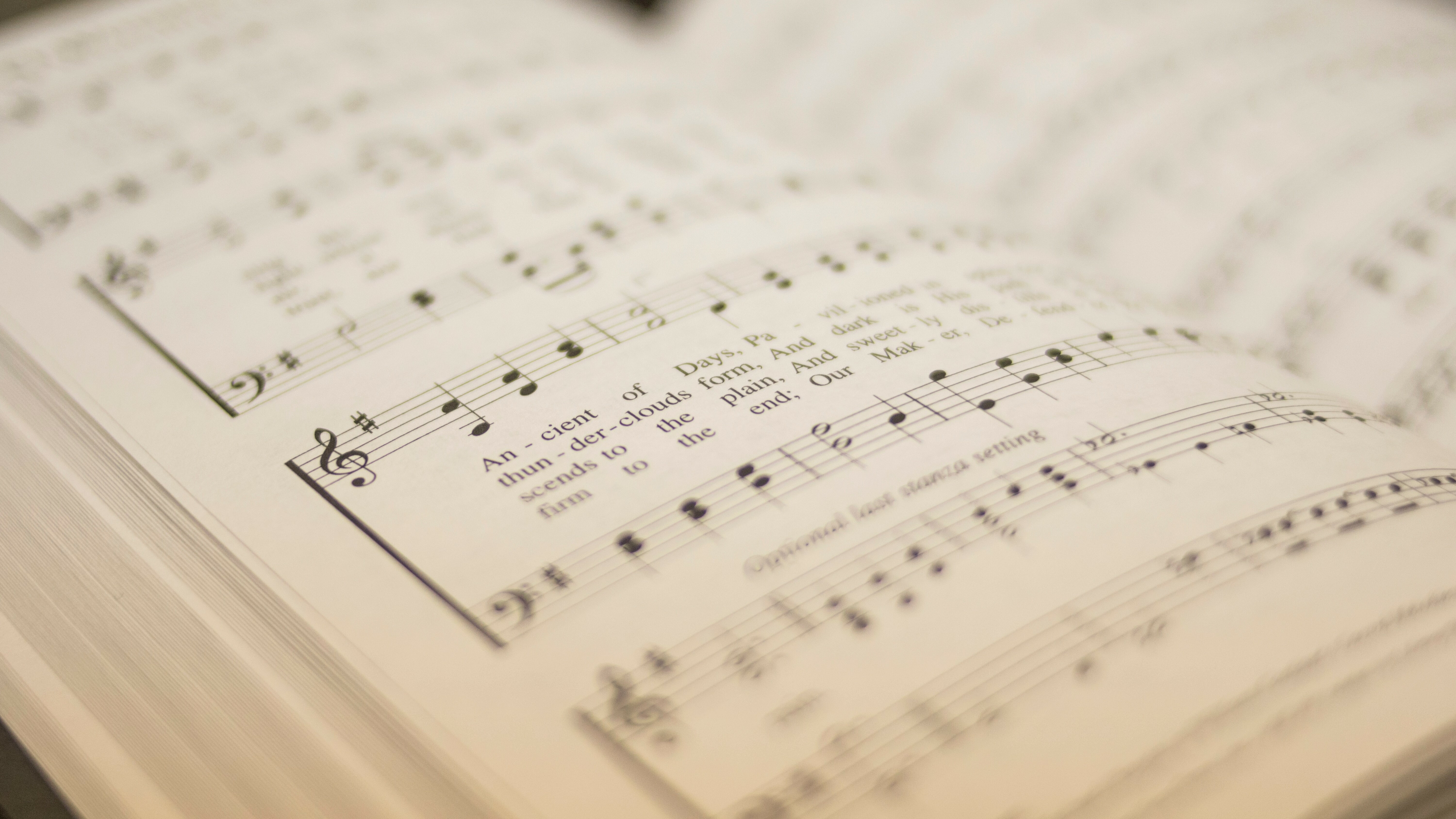There are many hymns I love in the 1982 Hymnal. In fact, I have one or two favorites for every season: Morning Has Broken; Jesus Christ is Risen Today; O Sacred Head, Sore Wounded, etc. I would like to introduce you today to one of my favorite hymns of all time: “The Church’s One Foundation.”
The church's one Foundation
is Jesus Christ her Lord;
she is His new creation,
by water and the Word;
from heav'n He came and sought her
to be His holy bride;
with His own blood He bought her,
and for her life He died.
Written in 1866 by clergyman Samuel John Stone, this hymn is one of a set of 12 composed to correspond to each article of the Nicene Creed. Article 9 is about the “church universal and the communion of saints.” The hymn sought to describe the church's relationship to Christ, the cornerstone the builders rejected, which has become the cornerstone and "foundation." The Church is Christ’s new creation, his holy bride, the object of his love. In fact, it is this love that brought Jesus to the cross. His blood was shed to save the life of the Church. The brilliance of this piece is that it affirms biblical truths always believed to be foundational, but which were being challenged at the time of its composition.
In many ways, the history of this hymn begins in South Africa and not in England. In the early 1860s, John William Colenso, first Bishop of Natal, South Africa, denounced most of the Bible as untrue and filled with unprovable myths. The Bishop then advocated for the removal of most books of the Bible from the doctrine and teachings of the Church. These public assertions quickly led to a serious schism in South Africa between the followers of the Bishop and his critics. The Anglican Church in South Africa responded to the crisis by deposing Bishop Colenso for heresy and stripping him of his ecclesiastical rights. The Bishop appealed the decision to the Archbishop of Canterbury and an investigatory committee was set in place to review the matter. Stone, by then a curate at New Windsor (Where Windsor Palace is located,) became fascinated by the schism and wrote his set of 12 hymns in response to Colenso. The tribunal sided with the Church of South Africa and Colenso’s divestiture was upheld, ending the sad affair.
Tho' with a scornful wonder,
men see her sore oppressed,
by schisms rent asunder,
by heresies distressed,
yet saints their watch are keeping,
their cry goes up, "How long?"
And soon the night of weeping
shall be the morn of song.
The hymn affirms that the one true and eternal foundation of our catholic (universal) church is our Lord Jesus Christ. Theological movements come and go, preferred biblical interpretation methods eventually fall out of favor, favorite causes cease to grab our imaginations in due time, and leadership styles evolve as scientific studies lead to new discoveries. Jesus Christ remains the corner stone and true foundation. Sadly, the Church in the age of reason had many competing agendas: There was a theological push to “demythologize” Holy Scripture. There was a movement that sought a return to the traditions of the Roman Catholic faith, with a pronounced emphasis on ritual. And there was a generalized push towards liberal humanism as the entire world grappled with the effects of the industrial revolution. The hymn captures the fears of many about a post-Christian modernity that would be antagonistic to the Church.
The church shall never perish!
Her dear Lord, to defend,
to guide, sustain, and cherish,
is with her to the end;
tho' there be those that hate her
and false sons in her pale,
against the foe or traitor
she ever shall prevail.
The piece makes a connection between the faithfully departed and those who still live on this earth, creating an image that the Church is larger than those who are alive. We call this spiritual union between those who have gone before us and the ones who worship and pray with us now, “The Communion of All Believers” or “The Communion of Saints.” In Anglicanism we do not pray to the saints, but we pray with the saints. We believe the saints of all generations join us in our prayers to God, “Therefore we praise you, joining our voices with Angels and Archangels and with all the company of heaven, who for ever sing this hymn to proclaim the glory of your Name…” (BCP 362.)
Yet she on earth hath union
With God the Three in One,
And mystic sweet communion
With those whose rest is won,
With all her sons and daughters
Who, by the Master’s hand
Led through the deathly waters,
Repose in Eden land.
Hymns often summarize the prevailing theology of a church at a point in history. This hymn gives voice to the orthodox, credal theology of the 1860s. There are many in our world today that are very uncomfortable with credal theology and who have no use for this hymn. Perhaps this is the reason why I love it so much. Above all else, the Church is here to worship God in his Son, whom we believe to be the Savior of the world. Everything else is just gravy!
Blessings to you,
Fr. Roman+





